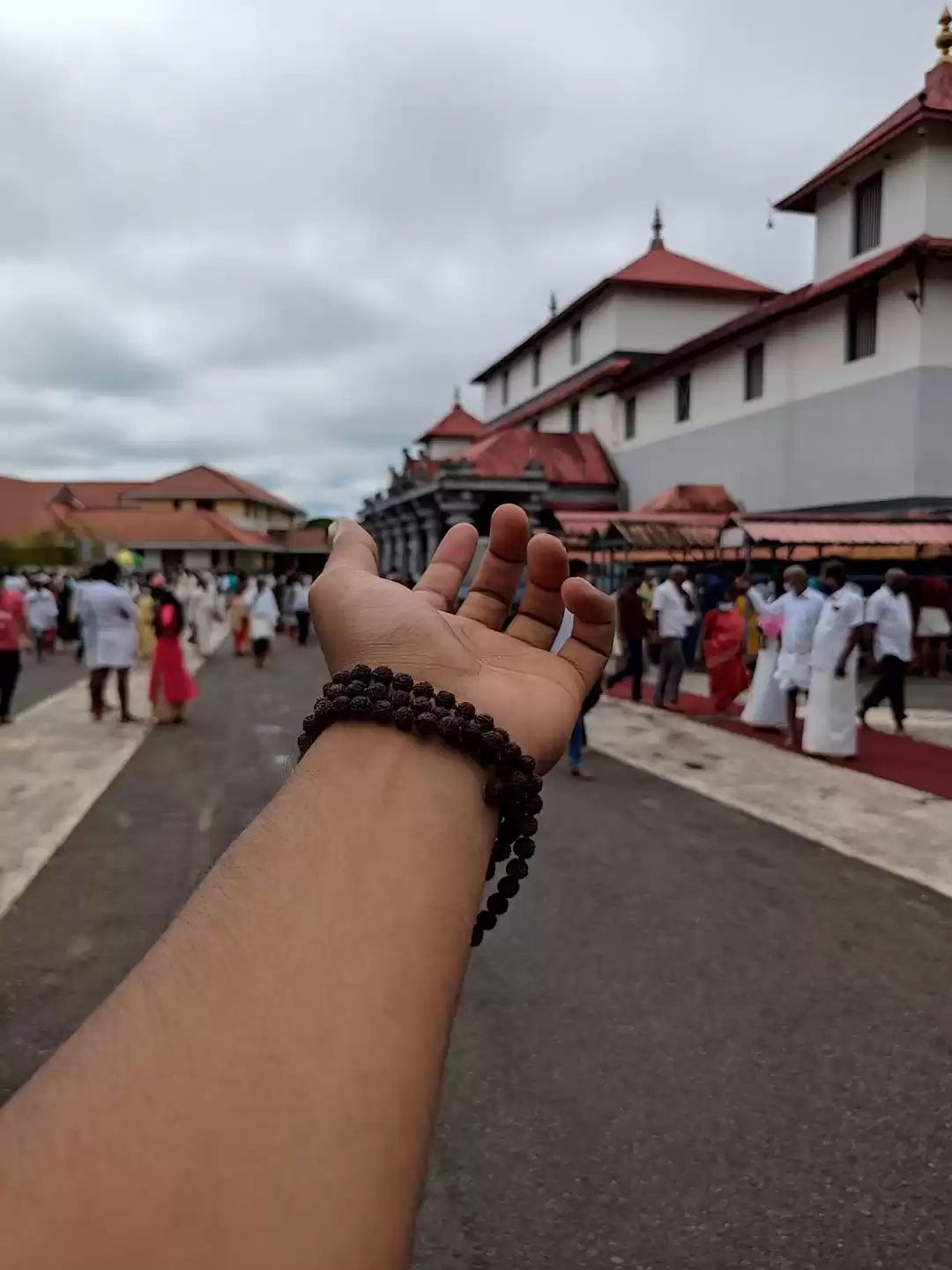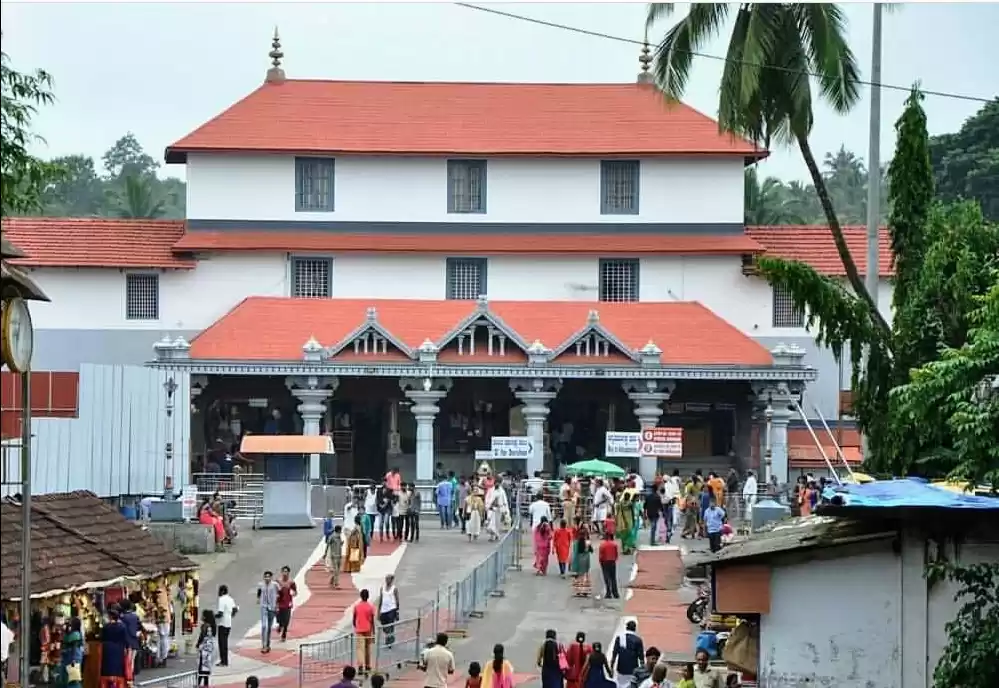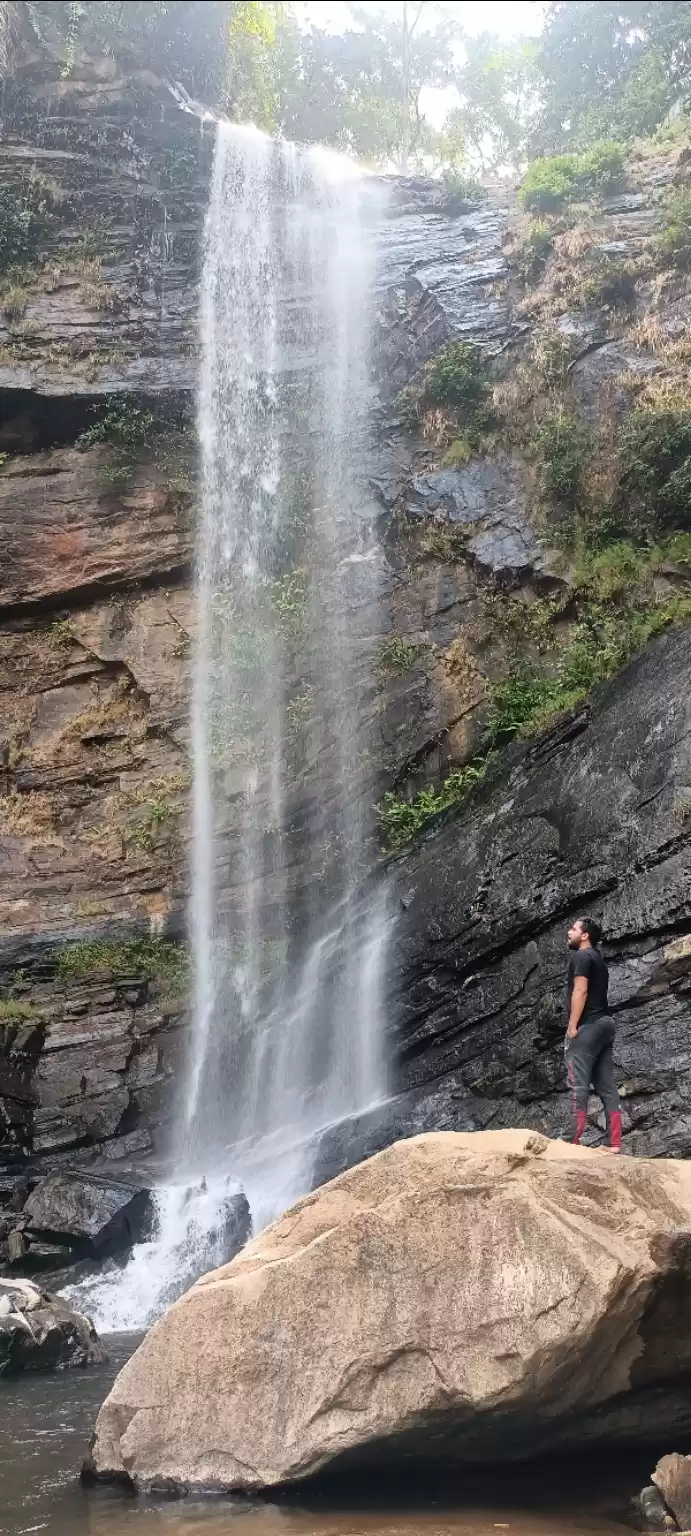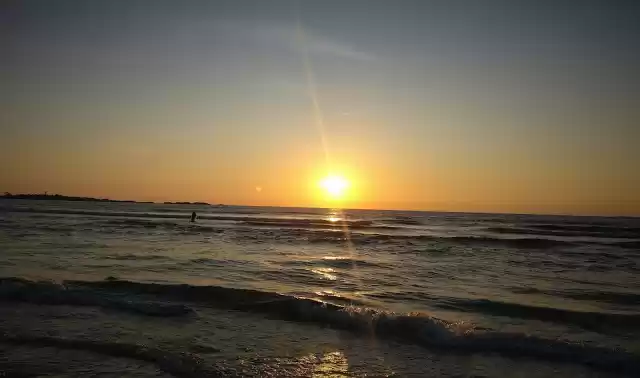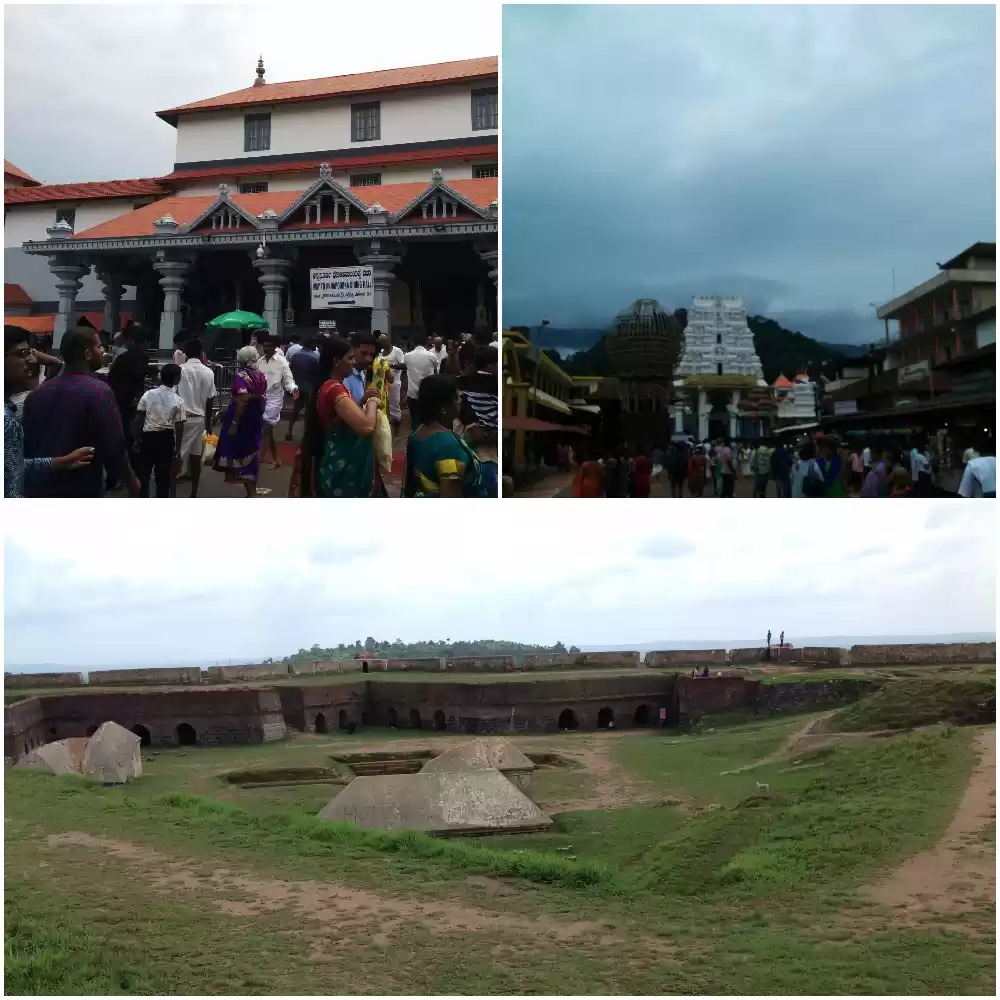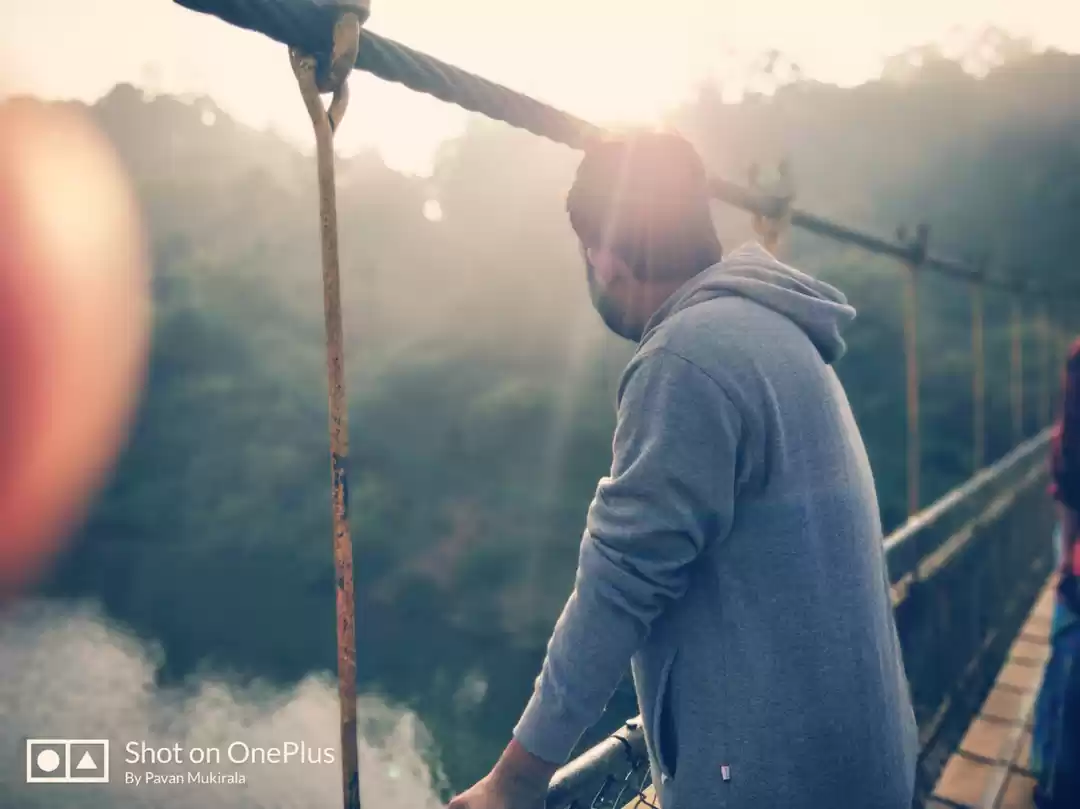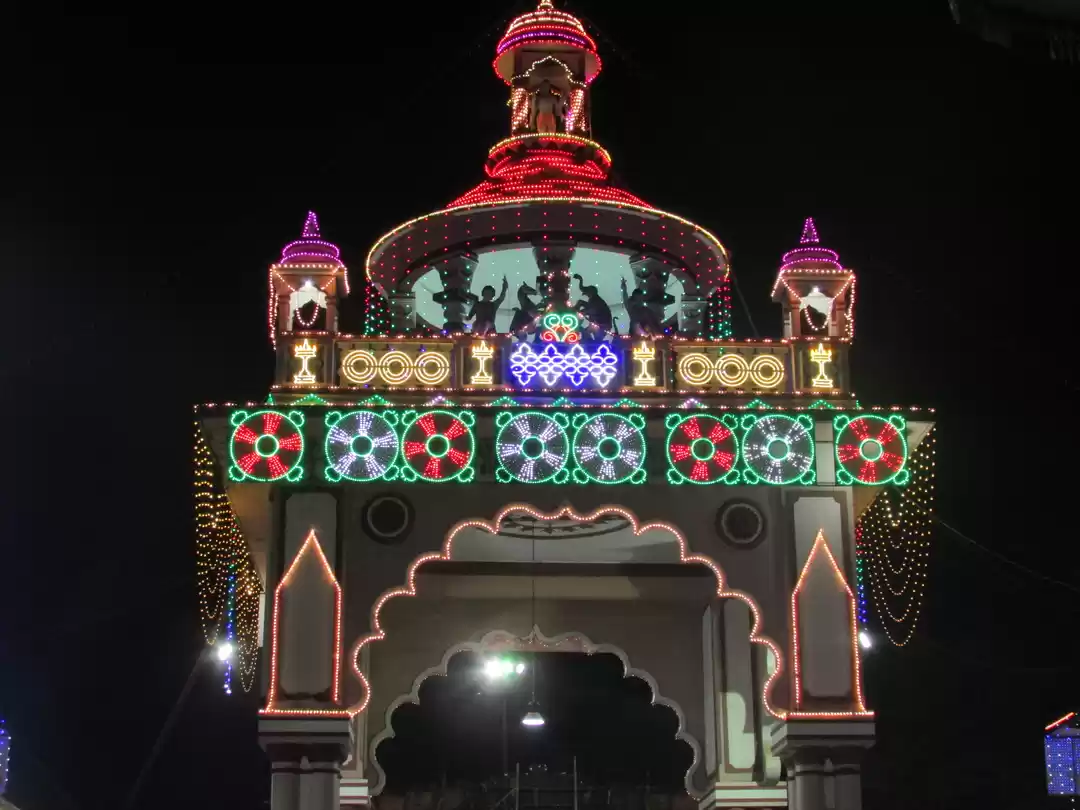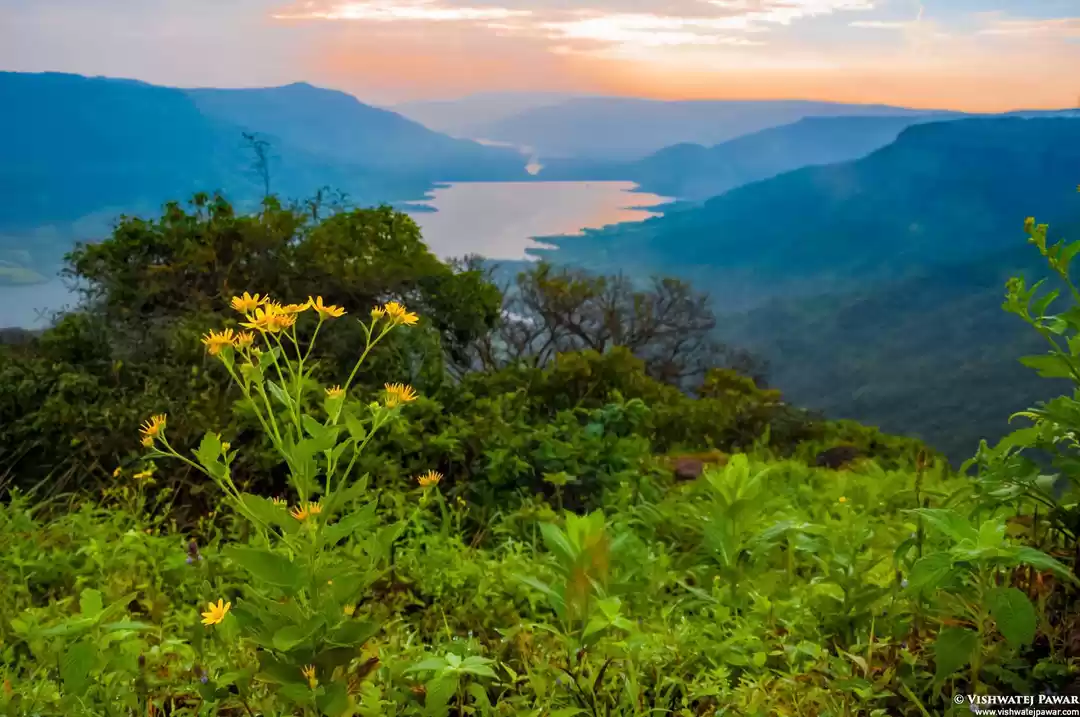Are you looking for a spiritual and scenic getaway in Karnataka, India? Do you want to experience the rich culture and heritage of Jainism and Hinduism? If yes, then you should definitely visit Dharmasthala Temple, one of the most popular pilgrimage sites in the state.
Dharmasthala Temple is located about 60 km from Mangalore, the coastal city of Karnataka. It is situated on a hilltop surrounded by lush greenery and waterfalls. The temple complex consists of several attractions, such as the Badinede Betta hill, the Manjusha Museum, the Ram Mandir, and the Annappa Betta. The temple is also known for its festivals, events, and services that cater to the needs and interests of visitors.
In this article, we will tell you everything you need to know about Dharmasthala Temple. We will cover its history, architecture, culture, best time to visit, and more. We will also provide you with some tips and suggestions on how to make the most of your trip. So, let’s get started!
History of Dharmasthala Temple
Dharmasthala Temple was founded by Basavanna, a 12th-century poet-saint who belonged to the Lingayat sect of Hinduism. He was inspired by Jainism and wanted to spread its teachings in his region. He built a temple dedicated to Lord Shiva on a hilltop near his ashram (hermitage). He also established a monastery for Jain monks and nuns.
The temple was later renovated and expanded by various rulers and dynasties over time. It became a center of learning and worship for both Jains and Hindus. It also attracted many pilgrims from different parts of India and abroad. The temple was administered by a Jain Bunt family known as the Pergades until 2014.
In 2014, the temple was taken over by Sri Sri Sri Sathya Sai Baba, a spiritual leader who claimed to be an incarnation of Lord Vishnu. He renamed the temple as Sri Manjunatha Temple after Lord Shiva’s consort Lakshmi. He also introduced many changes and innovations in the temple’s administration, management, and services.
Today, Dharmasthala Temple is one of the most visited pilgrimage sites in Karnataka. It receives millions of devotees every year who come to seek blessings from Lord Shiva or Lord Manjunatha (Shiva). It also hosts various festivals and events throughout the year that celebrate its diversity and harmony.
Architecture and Culture of Dharmasthala Temple
Dharmasthala Temple is known for its unique architecture that blends elements of Jainism and Hinduism. The temple is built on a hilltop that offers a panoramic view of the surrounding landscape. The temple complex consists of several structures that are connected by stairs or paths.
The main structure is called the Garbhagriha (sanctum sanctorum) where Lord Shiva or Lord Manjunatha are installed in a shivalinga (a linga-shaped symbol) form. The shivalinga is made of black stone that symbolizes Lord Shiva’s power over death. The shivalinga is surrounded by various idols or images that represent different aspects or forms of Lord Shiva or Lord Manjunatha.

The Garbhagriha is flanked by two smaller structures called Mandapas (prayer halls) where devotees can perform rituals or ceremonies. One Mandapa is dedicated to Lord Rama while the other one is dedicated to Goddess Lakshmi. Both Mandapas are decorated with colorful paintings or murals that depict scenes from Hindu mythology.
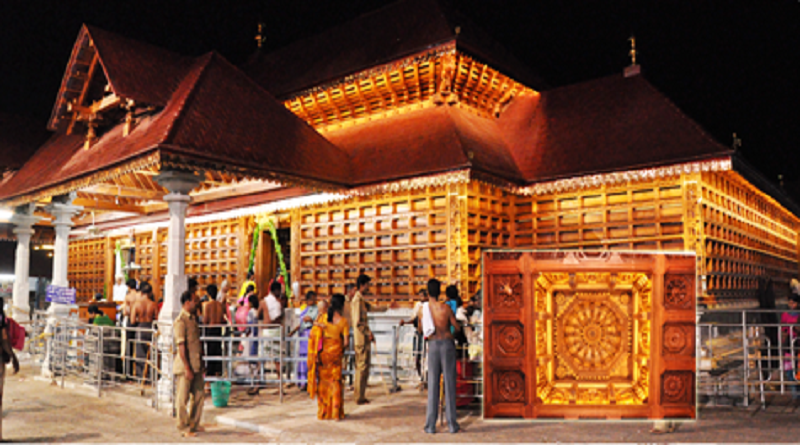
The Garbhagriha is also connected by two other structures called Mandapas where devotees can offer prayers or donations to Lord Shiva or Lord Manjunatha. One Mandapa is called Sannidhi Mandapa where devotees can sit on mats or cushions while offering prayers or donations while another one is called Prasadam Mandapa where devotees can receive prasadam (food) from priests or volunteers.
Best Time to Visit Dharmasthala Temple
Dharmasthala Temple is open to visitors throughout the year. However, the best time to visit the temple depends on your preferences and convenience. Here are some factors that you should consider before planning your trip:
Weather:
The weather in Karnataka is generally pleasant and moderate throughout the year. However, there may be some variations depending on the season and the region. For example, the monsoon season (June to September) may bring heavy rains and landslides that may affect the road connectivity and visibility.
The winter season (October to March) may bring cold winds and fog that may make the hilltop chilly and foggy. The summer season (April to May) may bring heat waves and humidity that may make the hilltop uncomfortable and sweaty.
Also check out: Dharmasthala- The Land of Divinity
Festivals:
The temple celebrates various festivals throughout the year that attract millions of devotees from all over the world. Some of the major festivals are:
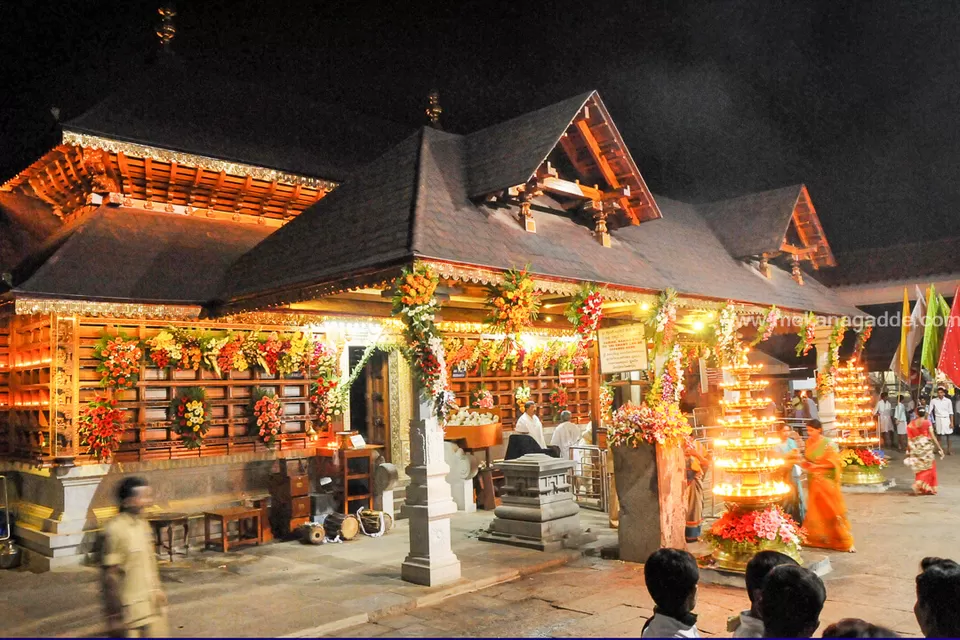
Basava Jayanti: This festival is celebrated on January 15th every year to commemorate the birth anniversary of Basavanna, the founder of Dharmasthala Temple. It is a grand festival that involves cultural programs, processions, rituals, and fireworks.
Shivaratri: This festival is celebrated on February 14th every year to honor Lord Shiva, the main deity of Dharmasthala Temple. It is a night-long festival that involves special prayers, offerings, and rituals at the Garbhagriha.
Navratri: This festival is celebrated on September-October every year to worship Goddess Durga, another main deity of Dharmasthala Temple. It is a nine-day festival that involves various forms of dance, music, drama, and art.
Ganesh Chaturthi: This festival is celebrated on August-September every year to welcome Lord Ganesha, another main deity of Dharmasthala Temple. It is a ten-day festival that involves installing idols of Ganesha at various places and immersing them in water bodies.
Rathasapthami: This festival is celebrated on April-May every year to mark the birthday of Lord Rama, another main deity of Dharmasthala Temple. It is a day-long festival that involves special prayers, offerings, and rituals at the Sannidhi Mandapa.
Events:
The temple also hosts various events throughout the year that offer unique experiences and opportunities for visitors. Some of these events are:
Annappa Swamy Darshanam: This event is held once a month from June to September every year to offer darshan (sightseeing) to Lord Annappa Swamy, another main deity of Dharmasthala Temple. It is a special event that involves a ropeway ride to the Annappa Betta hill, where devotees can see Lord Shiva’s consort Lakshmi and Lord Rama’s consort Sita.
Ram Navami: This event is held on March 21st every year to celebrate the birth anniversary of Lord Rama, another main deity of Dharmasthala Temple. It is a day-long event that involves special prayers, offerings, and rituals at the Sannidhi Mandapa.
Sri Manjunatha Jayanti: This event is held on April 23rd every year to commemorate the birth anniversary of Lord Manjunatha, another main deity of Dharmasthala Temple. It is a day-long event that involves special prayers, offerings, and rituals at the Garbhagriha.
Sri Manjunatha Rathotsavam: This event is held once a year from April to May every year to celebrate the birthday of Lord Manjunatha. It is a grand event that involves installing idols of Manjunatha in various places and immersing them in water bodies.
Sri Manjunatha Prasadam Distribution: This event is held once a month from May to June every year to distribute prasadam (food) to devotees who visit the temple. It is a free event that involves various types of prasadam such as rice, dal, roti, etc.
You may also like to check out: Solo Trip to the Divine - Sri Dharmasthala Manjunatha Swamy
Darshan Timings at the Temple
Dharmasthala Temple is open for darshan (sightseeing) throughout the year. However, the darshan timings may vary depending on the day of the week and the season. Here are some general guidelines for the darshan timings at the temple:

- The temple opens for darshan at 6:30 am every day except on Sundays when it opens at 6:30 am and closes at 4:00 pm.
- The temple offers various types of darshan such as Sarva Darshan, Maha Pooja, Nithyabali, etc. Each type of darshan has a different duration and schedule.
- The temple also offers special darshan for senior citizens, children, women, etc. These types of darshan have separate queues and timings.
- The temple also offers special darshan for devotees who visit during festivals or events such as Basava Jayanti, Shivaratri, Navratri, Ganesh Chaturthi, Rathasapthami, etc. These types of darshan may have additional charges or restrictions.
- The temple also offers special darshan for devotees who visit during Tulabhara Seva (free distribution of prasadam) which is conducted on all days of the week from 8:30 am to 10:30 am. These types of darshan require booking in advance online or through authorized agents.
To know the exact details of the darshan timings at the temple, you can visit the official website of Dharmasthala Temple.
How to Reach Dharmasthala Temple from Different Parts of India
Dharmasthala Temple is located about 60 km from Mangalore, the coastal city of Karnataka. It is situated on a hilltop surrounded by lush greenery and waterfalls. The temple complex consists of several attractions, such as the Badinede Betta hill, the Manjusha Museum, the Ram Mandir, and the Annappa Betta.
If you are planning to visit Dharmasthala Temple from different parts of India, you can choose from various modes of transport such as air, rail or road. Here are some details about how to reach Dharmasthala Temple from different parts of India:
By Air:
The nearest airport to Dharmasthala Temple is Mangalore International Airport (IXE), which is about 55 km away from the temple. The airport is well connected to all the major cities and towns in India and abroad. You can take a taxi or a bus from the airport to reach Dharmasthala Temple.
By Rail:
The nearest railway station to Dharmasthala Temple is Yedamangala Railway Station, which is about 74 km away from the temple. The railway station is well connected to all the major cities and towns in India. You can take a taxi or a bus from the railway station to reach Dharmasthala Temple.
By Road:
You can also travel by road to reach Dharmasthala Temple from different parts of India. There are regular buses plying to Dharmasthala Temple from various cities in Karnataka such as Bangalore, Mangalore, Mysore, Coimbatore, etc. You can also book private buses or cabs online or through authorized agents. You can also drive your own vehicle if you have one.
Dharmasthala Temple is a divine destination in Karnataka that offers a spiritual and scenic getaway for visitors who are interested in Jainism and Hinduism. The temple has a rich history, architecture, culture, and festivals that make it unique and diverse. The temple also has various attractions, services, and facilities that cater to the needs and interests of visitors.

